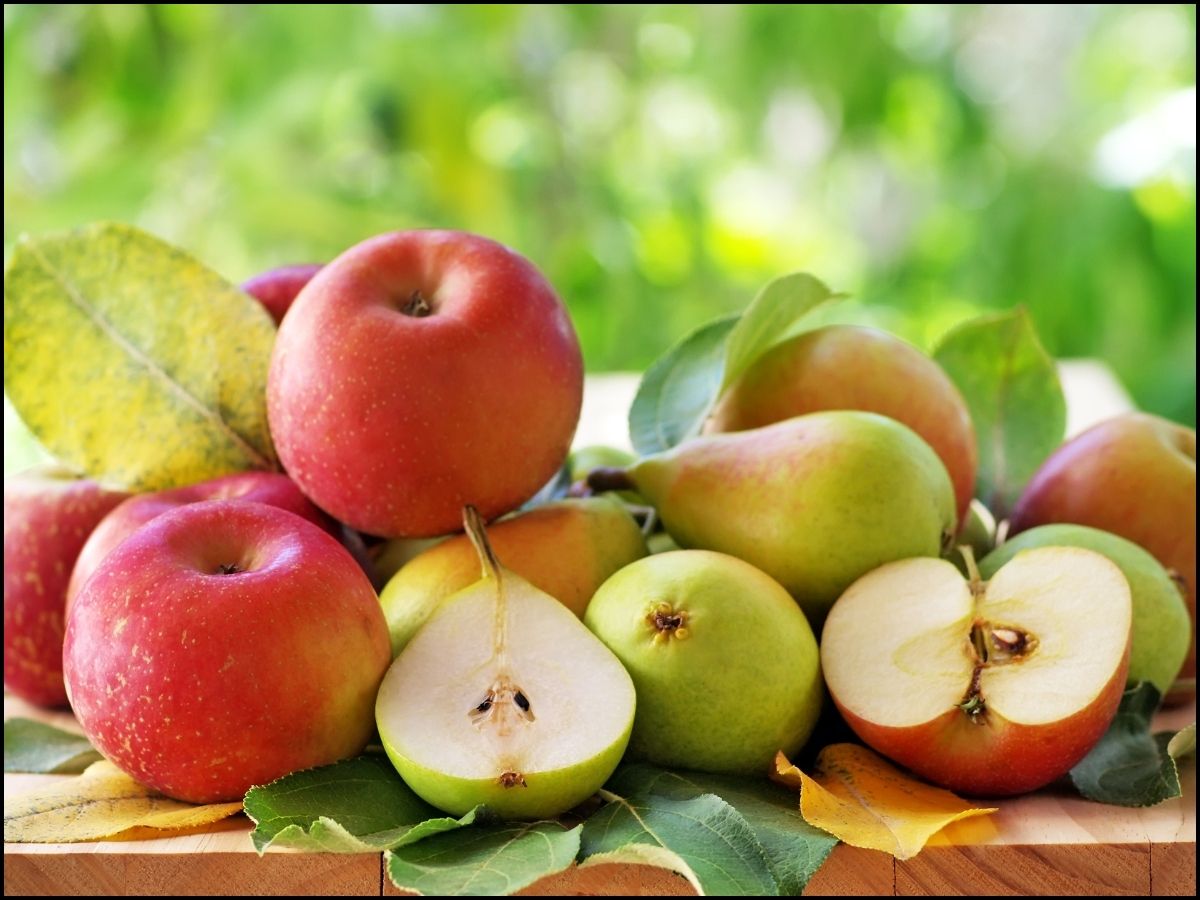
New Zealand’s apple and pear industry has surpassed $1 billion in orchard gate returns (OGR) for the first time, according to new economic impact data.
Almost two years after the industry took a significant hit during Cyclone Gabrielle, New Zealand Apples and Pears (NZAPI) has shared their 2024 economic impact data, which reveals an annual OGR of $1 billion as well as a total economic impact of $2.5 billion to the New Zealand economy.
This is a 27 percent increase from the $1.9 billion total economic impact in 2023. The industry now employs more than more than 13,500 people.
What’s more, this upward trajectory is expected to continue with New Zealand Apple and Pear’s annual crop estimate predicting the 2025 crop will deliver a 10 percent increase in exports, from 19.1 million TCE in 2024 (actual) to a potential 21.0 million TCE in 2025.
Premium Quality Fruit
The annual crop estimate data, also released today, predicts the 2025 crop to deliver an excellent, clean harvest of high-value, premium-quality fruit.
Textbook winter and spring conditions have ensured New Zealand’s apple and pear harvest has exceptional colour, eating, and flavour. Storability is expected to be as good as ever and the crop is incredibly clean.
NZAPI Chief Executive Karen Morrish says this season’s crop is a return to form after several challenging years for the industry and is reflective of a move towards more high-value varieties.
“New Zealand apples and pears are renowned as a premium product. While New Zealand is not the biggest supplier of apples in the world, we punch well above our weight globally. Our growers take pride in producing fruit that is healthy, clean, and sustainable, and this year’s crop is exactly that.”
Diverse Export Markets
Demand in the industry’s key export markets is strong, with consumers consistently returning for New Zealand fruit, says Morrish.
“We take immense pride in the economic impact that our industry contributes to New Zealand and the regions we live and work in and our economic impact statistics highlight the value of the industry’s work,” she says.
“With little change in planted area, increasing costs, and yet growth in our economic contribution, we can be confident that this has come from increased productivity, investment in high-value IP varieties, and a diversification of international markets. Our industry is pulling sustainable levers to grow our contribution and NZAPI wants to ensure a healthy operating environment that is conducive to prosperity remains.”
Regional Strengths
In Hawke’s Bay, home to 65 percent of the nation’s apple and pears crop, the industry contributed $1.3 billion in total economic impact; increased its GDP contribution by 37 percent to $583 million; and now employs more than 7,000 people.
In Tasman, home to 23 per cent of the national crop, the industry contributed $383 million in total economic impact; increased its GDP contribution by 8 percent to $179 million; and now employs more than 3,300 people.
In Tairāwhiti, home to 5 percent of the national crop, the industry contributed $75 million in total economic impact; increased its GDP contribution by 38 percent, from $25 million in 2023 to $35 million; and employs almost 100 people.
In Central Otago, home to 4 percent of the national crop, the industry contributed $65 million in total economic impact and increased its GDP contribution by 8 percent to $30 million.

